Main points
- Find My Device leverages a network of Android devices for location tracking through secure crowdsourcing.
- Pixel and Nest owners will get additional tracking benefits, including specialized features for close range tracking.
- A variety of web-compatible Bluetooth trackers will help you find luggage, keys, and pets.
After a long wait and long delays, Google has finally launched its new Find My Device network on Android phones and other Android devices. The program has launched in the United States and Canada and will be rolled out in other markets around the world.
The concept itself is a familiar one—those who have used Apple’s Find My network will recognize the same basic tracking functionality in Google’s system. Essentially, a large number of Android devices can detect each other’s location in real time via Bluetooth.
“Find My Device helps you find lost Android devices and everyday items quickly and securely through a new crowdsourced network of more than a billion Android devices,” Google said.
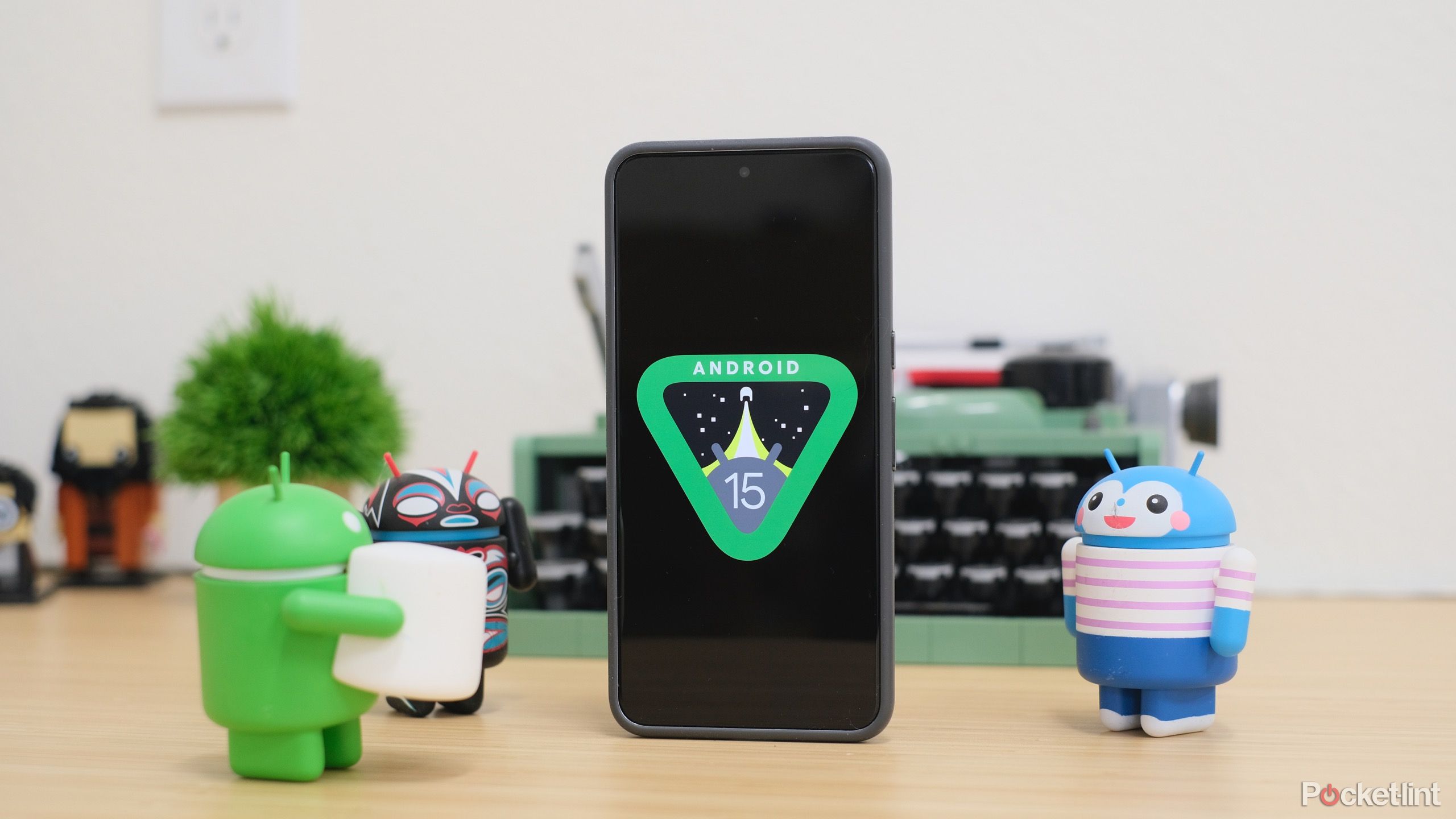
Android 15 gets satellite communication capabilities in second developer preview
Google has just released Android 15 Developer Preview 2, which includes a number of new features.This is new content
Device positioning can be achieved in a number of different ways. The updated Find My Device app lets you locate your phone by making a loud ringtone. The map view provides a visual representation of the device’s location, even if the device is not currently connected to the Internet.
If you happen to be unable to find a nearby device, the easy-to-use Find Nearby interface within the app can guide you directly to your lost item. You can also share the item’s location with other users of your choice, such as a spouse or close friends.
Apple’s Find My Network can’t do this
While the various tracking features are available across the broader Android ecosystem, Google has a sweet spot for those of us invested in its hardware lineup. If you have one or more Nest devices in your home, the Find My Device app will tell you which device is closest to the item you’re looking for. For example, if you’re looking for your keys, the app will show you the smart speaker or smart display that last saw your keys.
We’ve all experienced the anxiety of losing our keys, wallet, or even phone, so the introduction of Find My Device is truly a welcome addition.
The company says that if you happen to own a Google Pixel 8 or Pixel 8 Pro flagship phone, you can track its location even when it’s powered off or the battery is drained. This feature is the result of “dedicated Pixel hardware,” so it’s unclear whether it will make its way to other devices in the future.
Bluetooth tracker is also coming
Of course, the Find My Device network isn’t just for your smartphone. Web-compatible Bluetooth trackers also show up in the app, making them perfect for attaching to luggage, keychains, and even pet collars.
Companies are already jumping on board, and Chipolo is one of the first. The company released Chipolo One Point and Chipolo CARD Point tracker products for locating items and wallets. Chipolo’s trackers won’t be available directly from the company until May 27, and will be available on Amazon and retailers starting in July.
Additionally, Google says headphone software updates from the likes of JBL and Sony will be rolling out “soon” adding support for the Google Find My Device network.
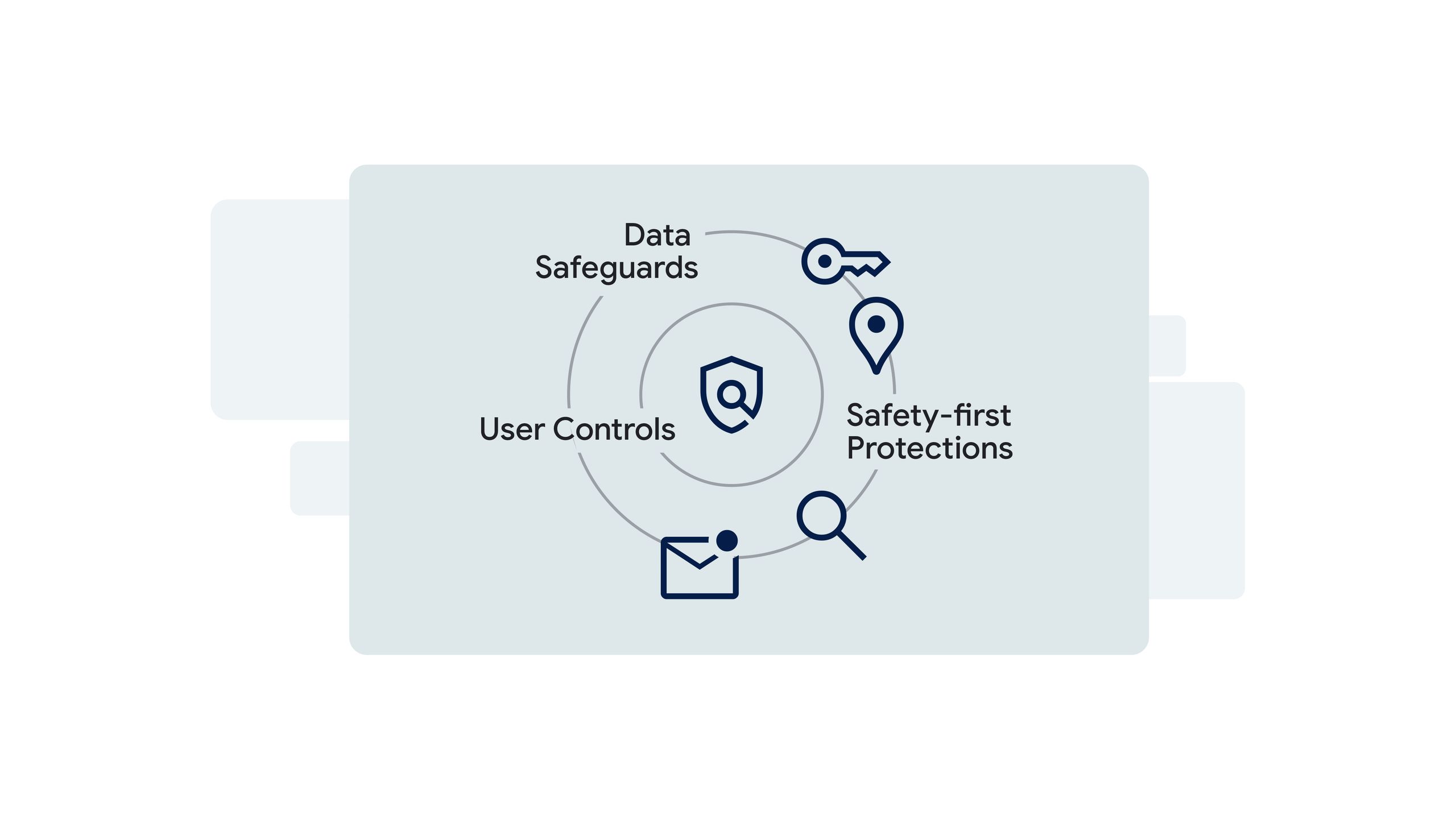 Are there any security risks I should be aware of?
Are there any security risks I should be aware of?
Google and Apple team up to keep you safe
Google and Apple have been working together behind the scenes on an unknown tracking alert system, a rare example of collaboration. Device trackers have been embroiled in some controversy recently, with concerns that bad actors are using them to track the location of unsuspecting victims. Thankfully, unknown tracker alerts on iOS and Android are becoming a new standard, which should ease concerns about unwanted tracking.
Chipolo says its point tracker is one of the first to come with unwanted tracking alerts out of the box. Other compatible trackers from Pebblebee, eufy, Jio and Motorola will also be available “later this year.”
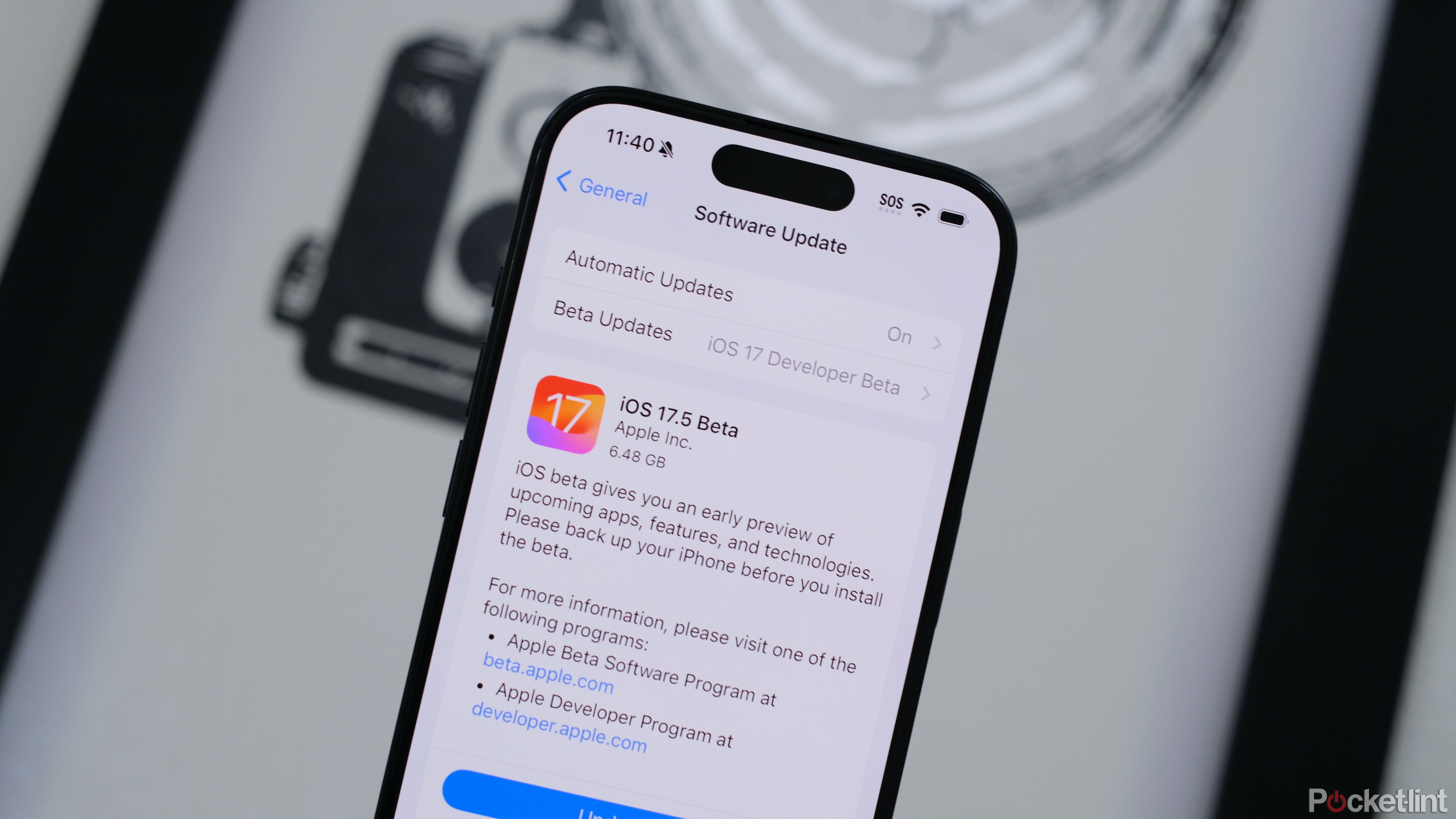
iOS 17.5 adds more powerful anti-tracking tools to Project Tracker
Apple’s first iOS 17.5 beta doesn’t have many visible changes, but there’s a lot going on under the hood. Here’s what we know.
Google, for its part, has also outlined additional protections and safeguards for its Find My Device network. In addition to unwanted tracker alerts, the search giant also highlighted measures such as end-to-end encryption, private crowdsourced location reporting, and rate limiting and throttling.
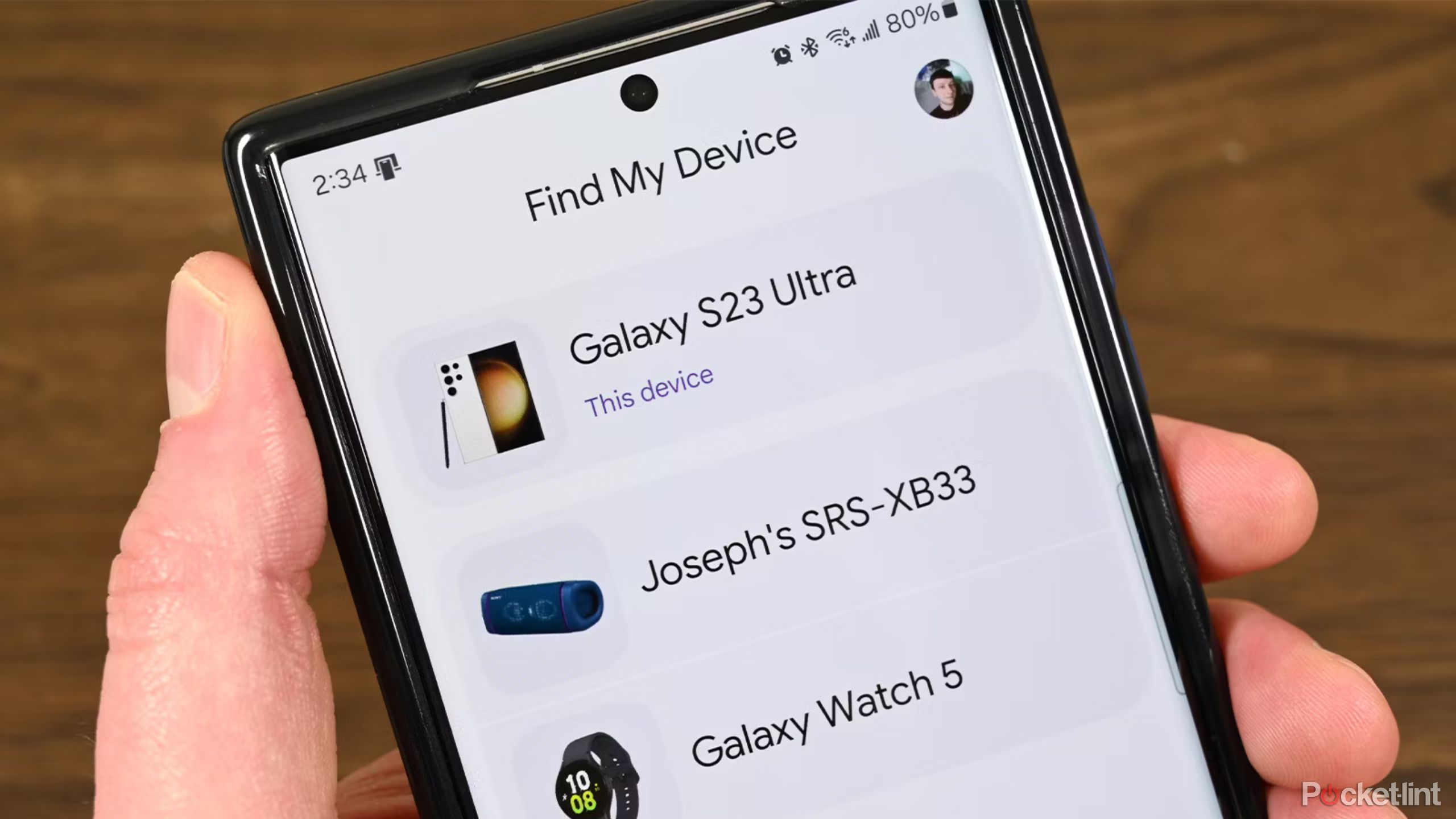 Can I turn off Find My Device?
Can I turn off Find My Device?
You can exit at any time
If you don’t want to participate in the entire Find My Device system, you can opt out. Although the system looks powerful and secure, providing users with options is a great fit for Android’s open and free MO.
“Android users always have full control over which of their devices participate in the Find My Device network and how those devices participate. Users can stick to the default settings and contribute aggregated location reporting, choose to contribute non-aggregated location, or turn the network off entirely,” Google said .
Although it’s been a long time coming, it’s nice to see Android’s Find My Device network reaching a level comparable to Apple’s offering. Android is the most popular operating system in the world, so it makes sense for Google to leverage its powerful ecosystem in this way. We’ve all experienced the anxiety of losing our keys, wallet, or even phone, so the introduction of Find My Device is truly a welcome addition.
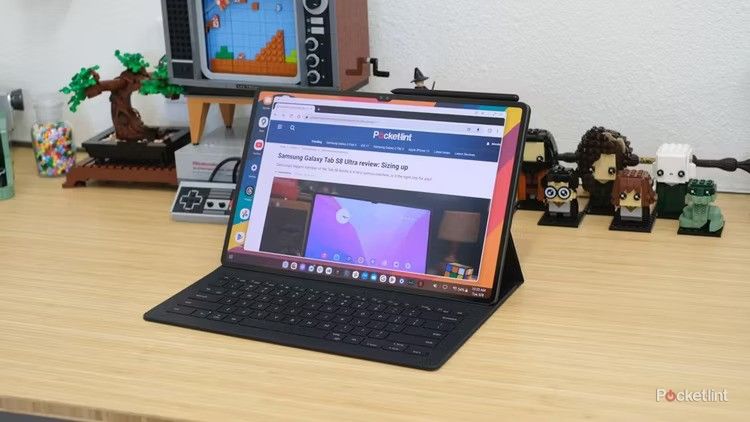
Best Android tablets: The iPad isn’t the only tablet worth your attention
From Samsung’s latest S9 tablet to the affordable Fire HD 8, these are the best Android tablets you can buy, based on our testing.